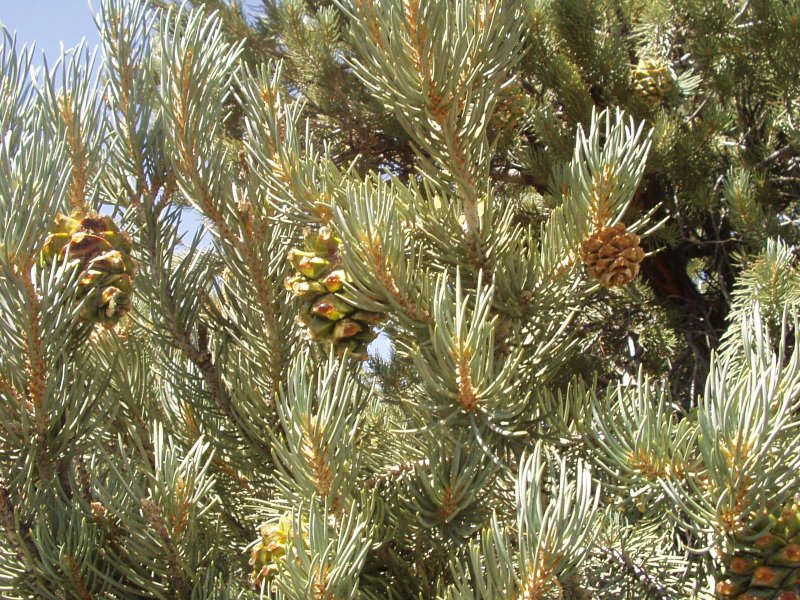For the gray pine, you should collect the cones in September or October and keep them in an airy, but dry place, such as a garage. The cones should still be tightly closed at this point. Wait for the cones to slowly open, revealing their nuts. Then, bang the cones around in a gunnysack until all of the nuts fall out. Alternately, you pick them out by hand, if you don’t mind getting resinous pitch stuck to them. Toss out the winged part of the shell that connects the shell to the cone. Remove any nuts with holes in them; this means bugs have gotten to them.
Do not microwave the pine cones, as microwaving will insufficiently dry the pine cones and ruin your microwave.
If you don’t care about maintaining the integrity of the nut and are working with a tougher nut to crack, then you may just want to place the nuts on a solid surface and hit them with a hammer. Aim to do it a bit more softly so you crack the shells without pulverizing the nuts. Now, this is likely to make a big mess or put a dent in your floor, so try placing them on a piece of cardboard or in a thick plastic bag outside, so you don’t have any property damage as you try to break those stubborn nuts out of their shells. This method is not for the faint of heart and does require some power. Once you’re done, you can remove the nuts from the bag and peel off the extra shell.
If you place the pine nut in the notched section of the can opener, right where the handles meet up, you can use the can opener as a kind of improvised nutcracker. This may do some damage to your can opener and it may take quite a while, as you’ll be shelling the nuts one nut at a time, but it will give you the results you’re looking for. Once you’ve cracked all of the shells of the nuts using a can opener, you can peel the remaining shells away with your hands.
For softer pine nuts, you can simply place these nuts in a big plastic bag, push all the air out of it, place it on a flat surface, and then use a wooden roller to roll back and forth over the nuts. Continue doing this until you hear and see the shells of the nuts cracking, revealing the meat of the nut. This can take a little while, and you can roll the roller over smaller batches of nuts for best results. Once you’ve cracked all of the shells, simply remove the nuts from the plastic bags and peel off the remaining shells with your fingers.
Though using your mouth to crack pine nuts isn’t the most recommended method, it will work in a pinch if you’re using soft-shelled seeds such as the gray pine nut. Simply do what you would do to crack a sunflower seed’s shell: place the nut in the back of your mouth and bite down on it a bit gently, until you hear the shell cracking. Then, remove the nut from your mouth and peel away the rest of the shell. Be careful not to bite down too hard if you want to keep your teeth healthy. This method is one of the best for preserving the original shape of the pine nut, if that’s important to you. Be careful, you might chip a tooth if you bite down too hard.
Many people like to put pine nuts in the freezer to give them an extra crunchy taste and to make them last longer, while others maintain that this takes away some of their rich, nutty flavor.
Once you see the hard work that goes into shelling pine nuts, you might be better able to appreciate the price tag that often comes with them.
Some nuts just don’t crack right, just move to the next nut It takes practice to get good, be patient. Shelled pine nuts are available, but they have a much shorter shelf life than unshelled pine nuts. The taste of an unshelled pine nut is much richer than one which has been shelled. It is very cost effective to shell your own pine nuts and there are many ways to do it.






